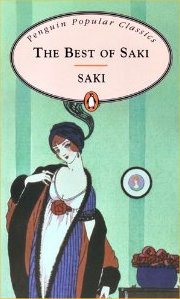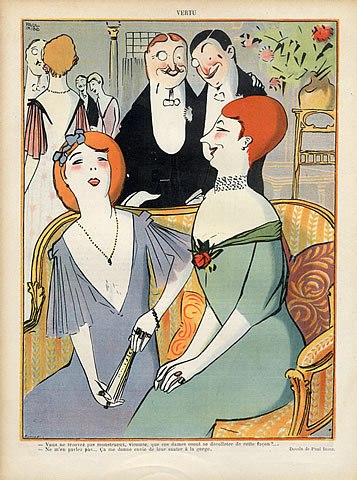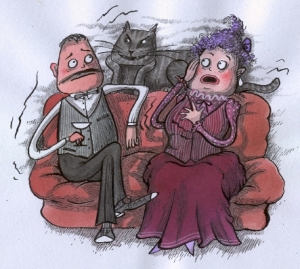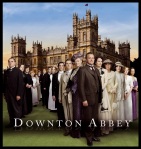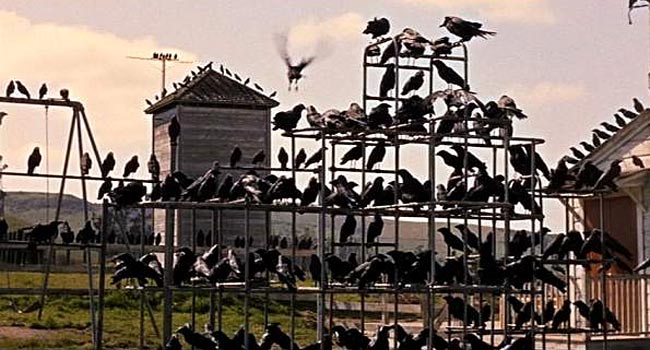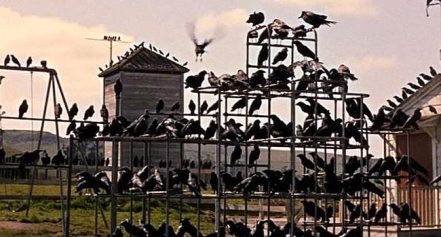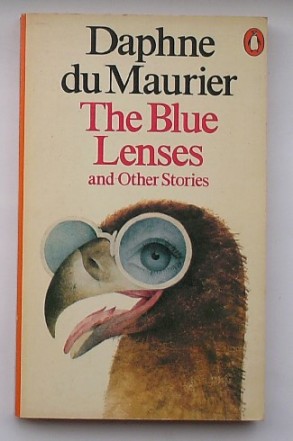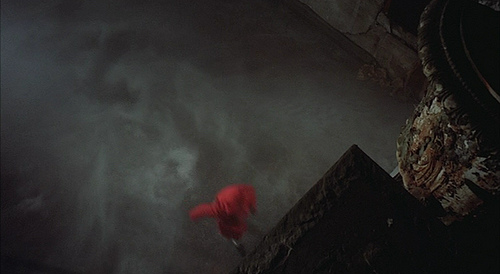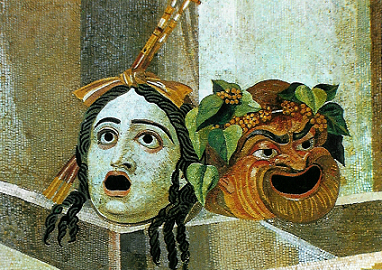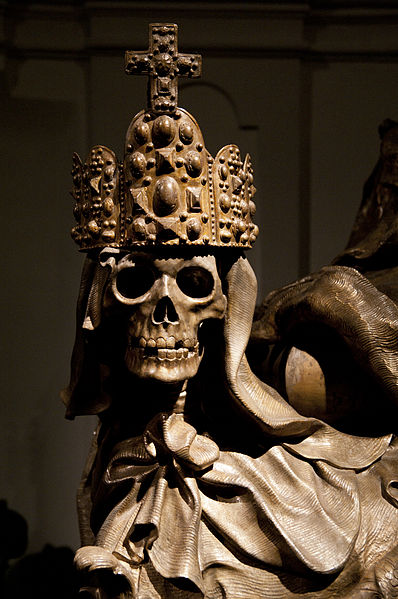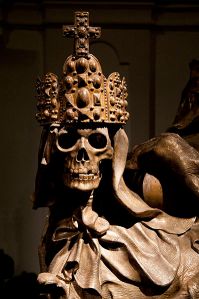Calm down, it’s not another summary of what happened in 2014. I want to share with you a few lists of movies and books that I found important in the previous year. I don’t care about keeping up-to-date with new releases, so it’s going to be the summary of what I actually saw and read in 2014. I think it’s not so much about creating such a post, but about revealing your interests and taste in the process.
I never used so many pictures on this blog. And there are two embedded videos. Let the visual craziness begin!
I also decided to keep things chronologically unless you see numbers. The numbers matter then.
Honorable mentions
Movie that surprised me the most
- Gösta Berlings saga (1924)

I expected a boring but necessary for my movie education experience. I watched a gripping and extremely entertaining historical romance that does not stop its pace for 185 minutes. I cannot recommend it enough for every silent movie fan.
Movie that every blogger seems to rave over and I couldn’t stand
- Frank (2014)
It totally did not appeal to my taste. It’s not grotesque, but quirky. Nothing bad with quirky, just don’t expect me to like it. Let’s leave it at that because I have only bad things to say about “Frank”.
Three masterpieces that prove Japanese movies are simply fearless
-

“Ichi the Killer’ poster. Don’t google this film if you cannot stand gore. The movie has plenty of guts (pun intended). Hana-Bi (1997)
- Koroshiya 1 (Ichi the Killer) (2001)
- Tetsuo (Tetsuo, the Iron Man ) (1989)
Movies I have to see again to fully appreciate
- Pafekuto buru (Perfect Blue) (1997)
- Papurika (Paprika) (2006)
If you want to know why, just listen to this great song from Paprika soundtrack and try not to go crazy in the process.
Sometimes too much awesomeness is too much to handle. By the way, Inception is said to be an imperfect copy of Paprika.
Movies I recommend
-
Teorema (1968)
-
Prestuplenie i nakazanie (Crime and Punishment) (1970)
-
The Little Girl Who Lives Down the Lane (1976)
-
Dreams (1990)
-
Nothing Is Private (2007)
-
Geoul sok euro (Into the Mirror) (2008)
-
Prisoners (2013)

Movies that evoked mixed feelings
- Shame (2011)
- Interstellar (2014)
- Jodorowsky’s Dune (2013) – read my review here
The best movie I watched in cinema
- Nightcrawler (2014) – read my review here
The worst movie I watched in cinema
- Magic in the Moonlight (2014)
Movies you may be surprised I really enjoyed

- Charlotte’s Web (2006)
- John Carter (2012)
- We’re the Millers (2013)
The fan favorite I agree with
- Guardians of the Galaxy (2014)
Like I wrote on my twitter in August, as a lover of grotesque I always support talking raccoons as badass characters.
The Grand Ones
The best movies I watched in 2014
1. Les yeux sans visage (Eyes Without a Face) (1960)
2. The Holy Mountain (1973)

3. Peeping Tom (1960)

4. Ichi the Killer (2001)

5. Stoker (2013)
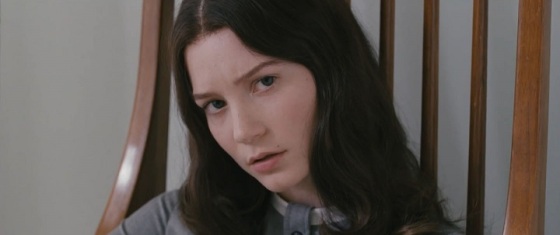
6. Ugetsu monogatari (Ugetsu) (1953)

7. Gösta Berlings saga (1924)
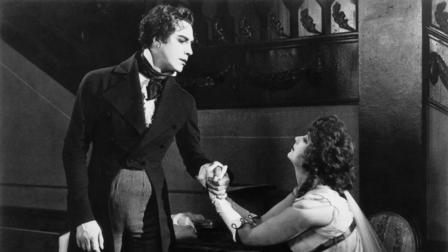
8. Accattone (1961)
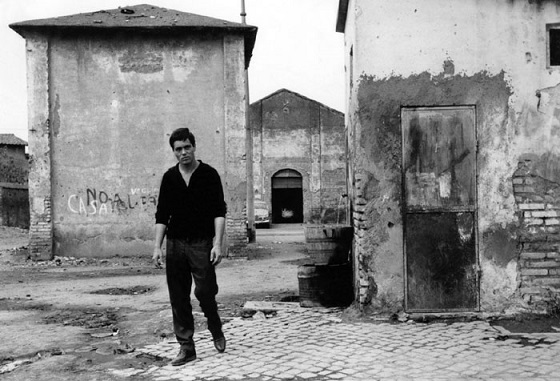
9. La grande bellezza (The Great Beauty) (2013)

10. Tetsuo (1989)
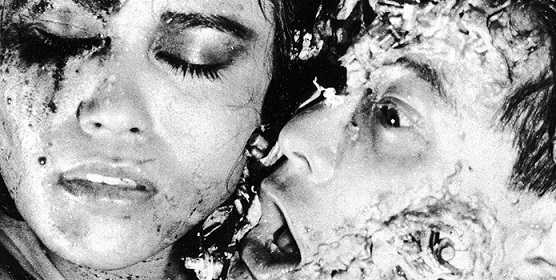
Grotesque involved
Grotesque masterpieces
Grotesque movies I should also review
-
Tetsuo (Tetsuo, the Iron Man ) (1989)
-
Koroshiya 1 (Ichi the Killer) (2001)
-
Ubu król (King Ubu) (2003)
-
Den brysomme mannen (The Bothersome Man) (2006)
-
Papurika (Paprika) (2006)
-
La grande bellezza (The Great Beauty) (2013)
2014 Reading list
Grotesque favorites
- Saki – The Best of Saki – read my review here

- Nathanael West – Miss Lonelyhearts (1933)
- Nathanael West – The Day of the Locust (1939)
- Flannery O’Connor – The Violent Bear It Away (1960)
- Thomas Pynchon – The Crying of Lot 49 (1966)
Bestsellers I recommend
- Kathryn Stockett – The Help (2009)
- Gillian Flynn – Gone Girl (2012)
The most entertaining book
A skillfully crafted mystery novel that successfully imitates 19th-century style of writing. Very funny at times. And full of surprises. I think I will read more of Erast Fandorin’s adventures soon.
The best fantasy series
- Michael J. Sullivan – The Riyria Revelations (2008-2012)
I just ended “The Emerald Storm” (which is book #4 out of 6). I hope for even more action and drama in two last books. And if I won’t have enough of the adventures of two rogues who always end up in troubles (and political intrigues), the author also wrote two prequels.
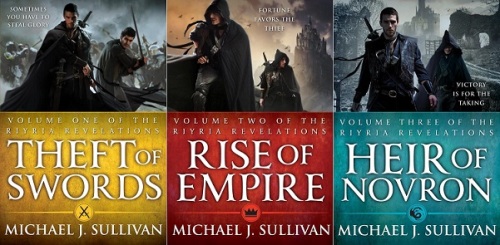
The best gritty books
- Robert Penn Warren – All the King’s Men (1946)
- Hubert Selby, Jr. – Last Exit to Brooklyn (1964)
- James Dickey – Deliverance (1970)
The best academic read
- Noël Carroll – The Philosophy of Horror, or Paradoxes of the Heart (1990)
I think it deserves a post on its own.
Ultimate choice

The best books I read in 2014
- Thomas Pynchon – The Crying of Lot 49 (1966)
- Saul Bellow – Herzog (1964)
- E. L. Doctorow – Ragtime (1975)
- Hubert Selby, Jr. – Last Exit to Brooklyn (1964)
- Flannery O’Connor – The Violent Bear It Away (1960)
These five books are so good, no short descriptions could give them justice. They all happen to be classics now, so I think you will find them in your local library. All are worth your time. I own three copies out of five at this point.
You may notice the discrepancy between movies and books in this post. What can I say? I read 60 books in 2014, but many of these are simply OK, neither so good I can recommend them, nor so bad I should warn you against them.
***
I drew a few conclusions after writing this post.
- I seem to cherish great movies with serial killers/murderers/troubled people as main characters.
- I breathe the 1960s air. At least in terms of books.
- I respect Japanese cinema immensely.
- Only TWO movies on my best list are in English. And Peeping Tom is British while Stoker is UK/US coproduction. American cinema, although I watch it most frequently, failed to impress me in 2014. Even Nightcrawler couldn’t be included on the list, as I regard each film on the list a better one than Jake-Gyllenhaal-fest.
- All the grotesque movies I could review are not in English. *sigh* As I get the most readers from the United States, it seems I try to sabotage my own efforts. :D On the other hand, I cannot hide the fact that I consider cinema as international art and I watch movies from all around the world. And to be honest, the blog stats are unpredictable. Most popular post on my blog is The Holy Mountain one (this one).
- This year Pier Paolo Pasolini became one of my favorite directors (in this post you could spot Accattone and Teorema).
- I read way too many fantasy books that I didn’t include here.
- Weirdness and great script/plot are not incompatible.
I hope you liked this lengthy sum-up of my very subjective pursues. I certainly enjoyed creating all these categories. If you have similar posts or want to share your favorites/least favorites picks of 2014, don’t hesitate to post them in the comments below. I would love to hear about them!


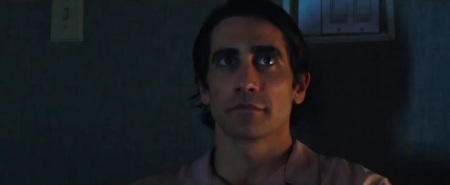


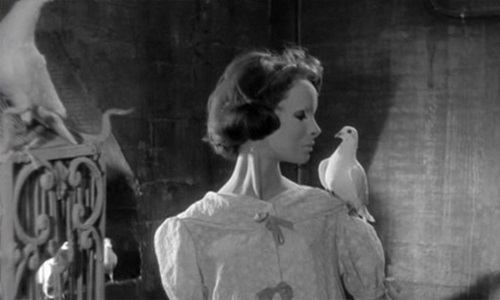

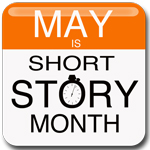 Today’s post is a spontaneous one. It features a short story about one’s girl wish for a pony which ends unexpectedly. Or maybe not. It is both funny and sad. It contains the unmistakable feeling of childhood nostalgia. But if you have children, they will also love it.
Today’s post is a spontaneous one. It features a short story about one’s girl wish for a pony which ends unexpectedly. Or maybe not. It is both funny and sad. It contains the unmistakable feeling of childhood nostalgia. But if you have children, they will also love it. Mathilde didn’t want a demon. She wanted a pony.
Mathilde didn’t want a demon. She wanted a pony.
